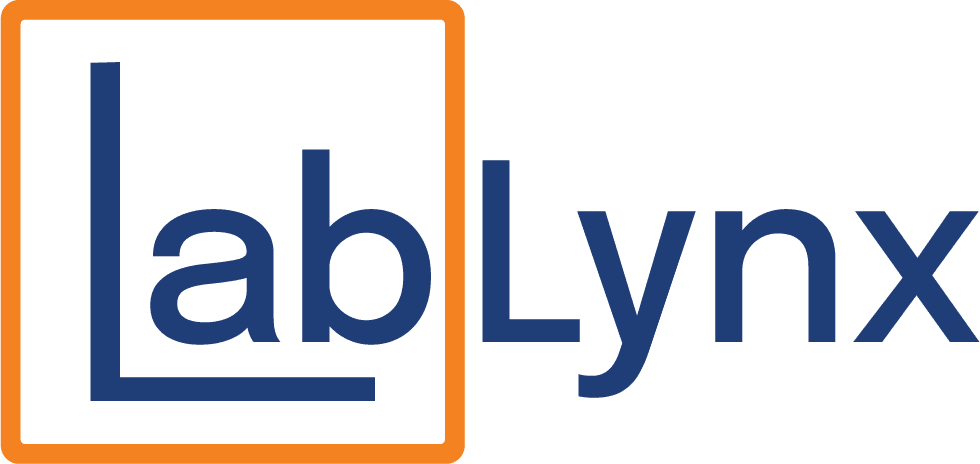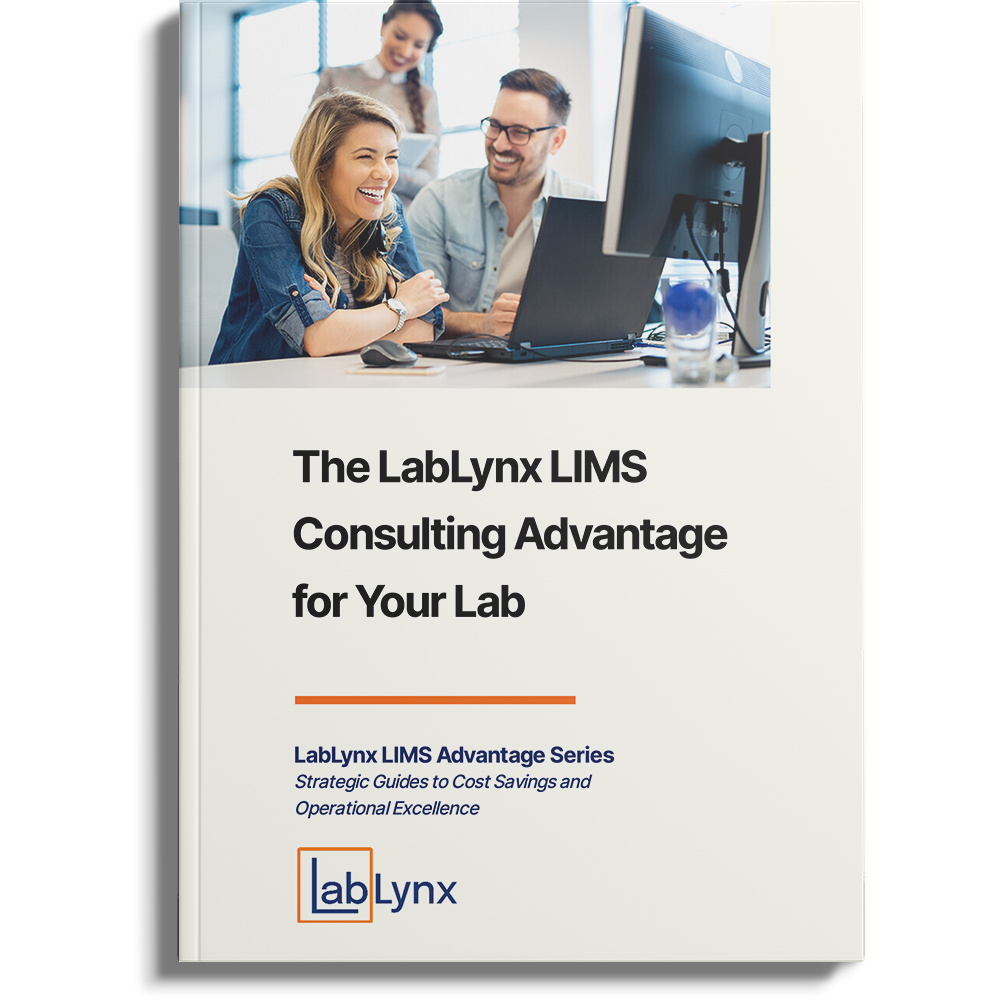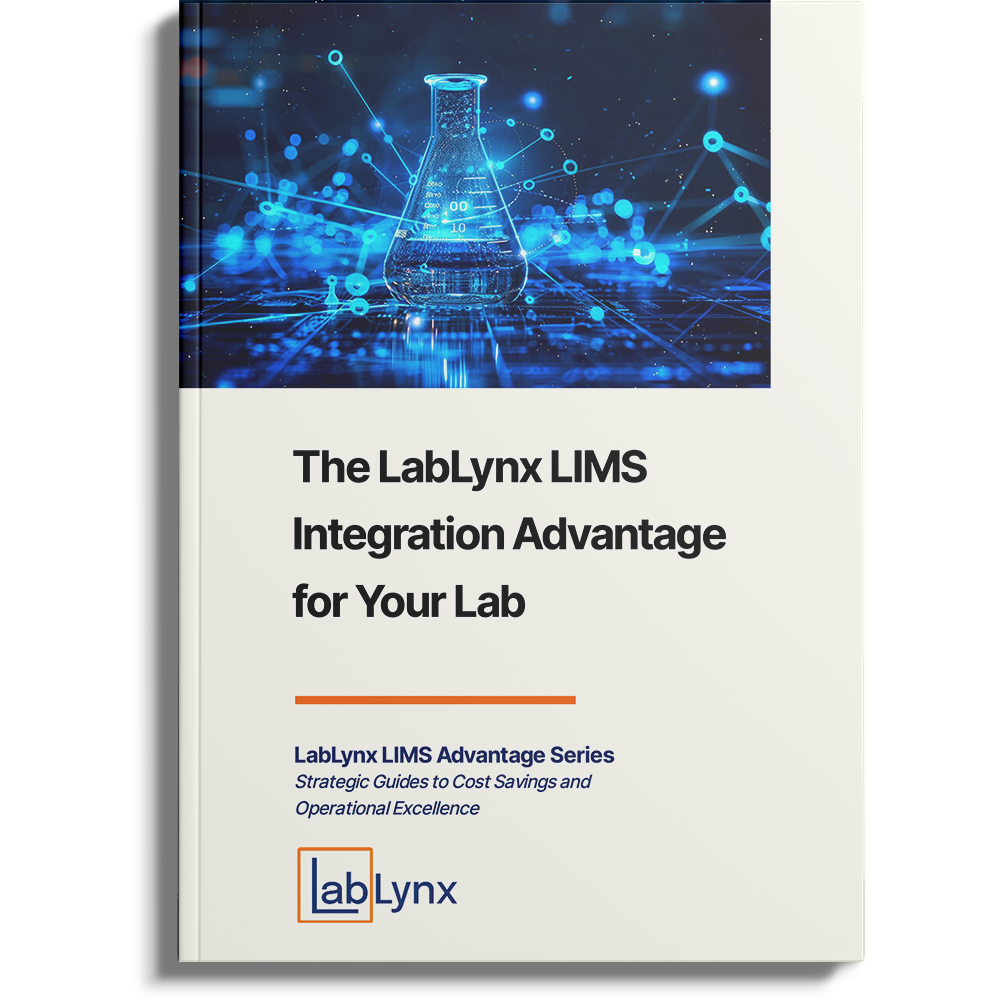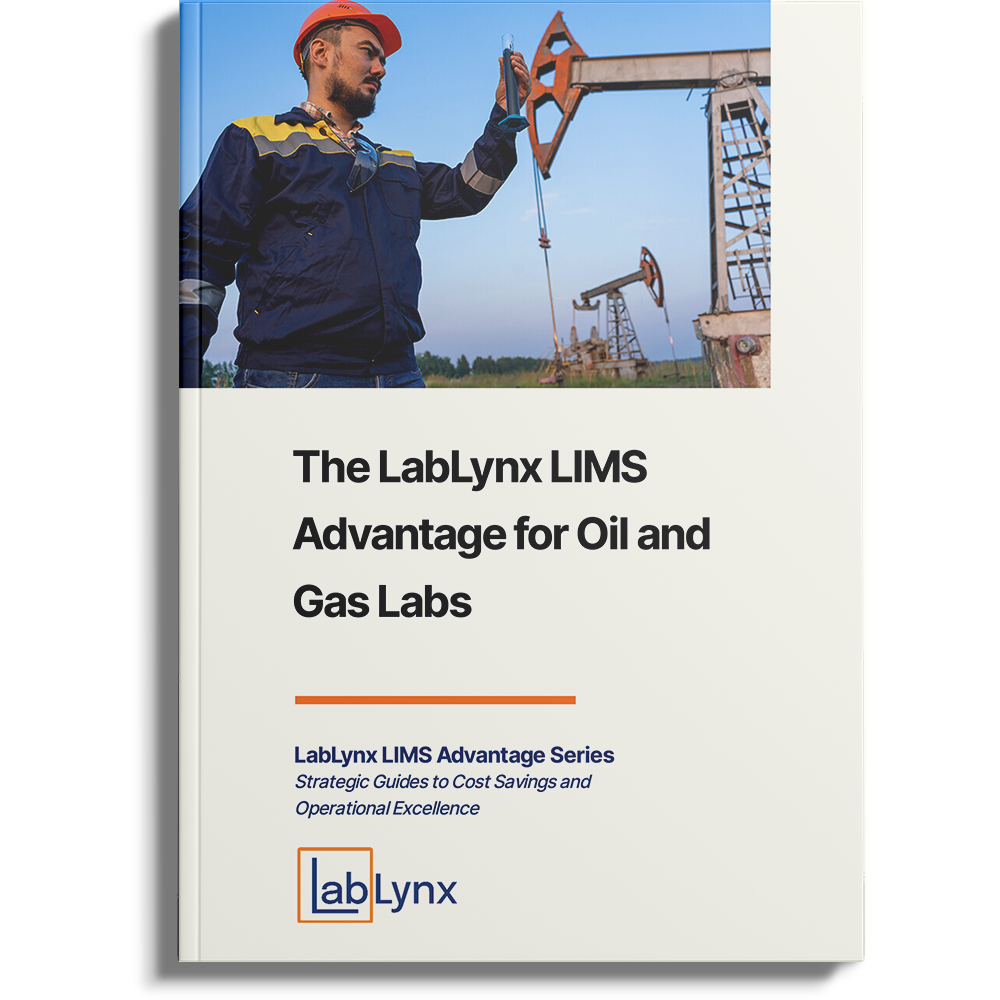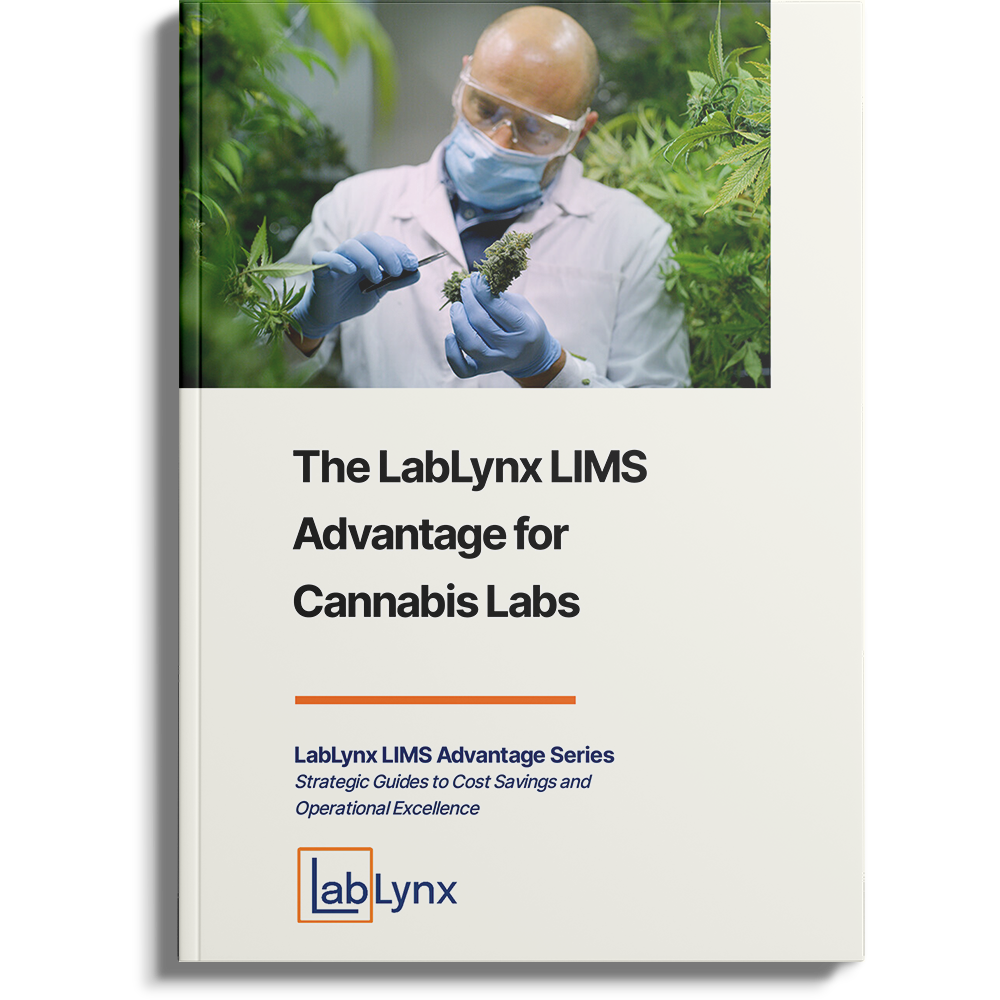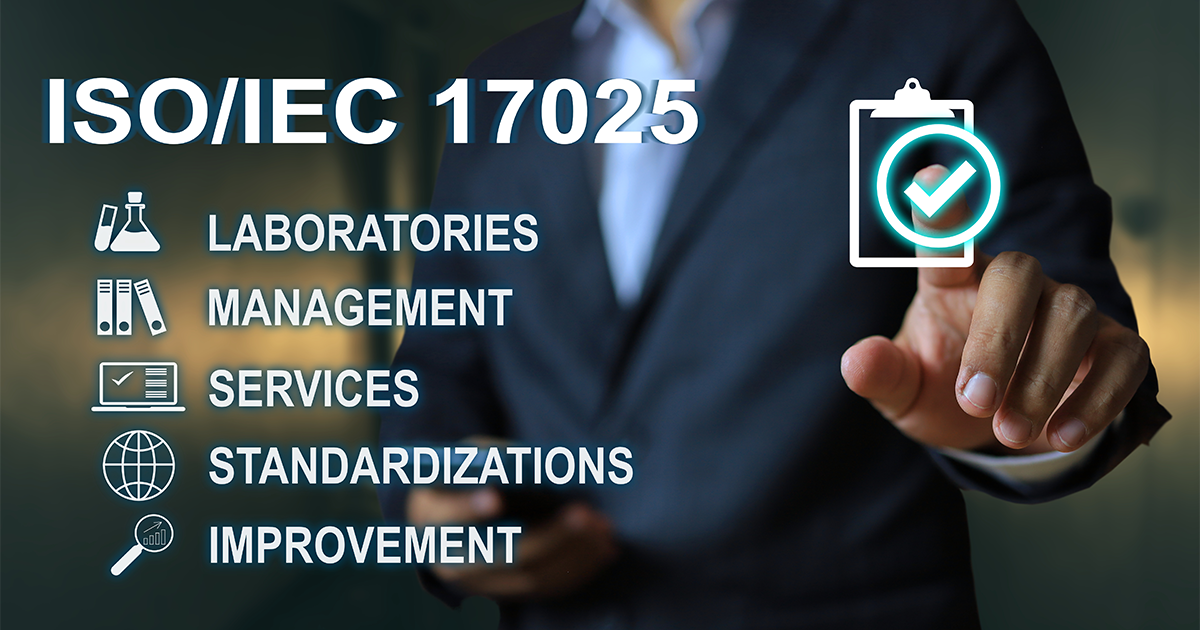
LIMS and quality management
In order to be most successful—while meeting the requirements of standards and regulatory pressures—a laboratory must focus on a culture of quality.[1] A quality management system (QMS) is one means for a laboratory to put additional focus on quality, and ISO/IEC 17025:2017—at least in spirit—promotes the adoption of a QMS. This inevitably provides a number of benefits to the lab, as well as its clients. However, while ISO/IEC 17025 compliance proves useful to a laboratory, it still asks a lot of the laboratory in order to conform with the standard.[2] Conforming to ISO/IEC 17025 without the help of an information management system is a daunting task, especially given requirements concerning timely data retrieval and security. Over the past few decades, labs have increasingly turned to a laboratory information management system (LIMS), not only for helping to modernize and improve the quality of the laboratory but also aiding with compliance to standards like ISO/IEC 17025.[3][4] However, not all LIMS are built the same, and the laboratory must consider LIMS vendors who provide a solution that best helps them limit the burden of ISO/IEC 17025 compliance.
The importance of practical and consistent LIMS functionality for maintaining quality in the lab has been highlighted by Steele et al.[5] and Hull et al.[6] over the past few decades. Today, their research continues to shine a light on the value of a laboratory not only conforming to ISO/IEC 17025, but also seeking a LIMS that gives them the functionality to best remain compliant to the standard.
ISO/IEC 17025 and its connection to various LIMS requirements
When thinking about the organizational requirements of a software system that will attempt to fill an organizational need, it’s useful to think in terms of a user requirements specification (URS) document. The document has a set of requirements, which typically come in the form of a statement that begins with “the system/user/vendor shall/should …” and focuses on a provided service, reaction to input, or expected behavior in a given situation. Organizations often develop their own URS, but standards- and regulations-driven URS such as LIMSpec also exist, developed with laboratory informatics software in mind.[7] When we look at LIMSpec, we find multiple LIMS requirements driven by ISO/IEC 17025. For example:
| ISO/IEC 17025:2017 part(s) | Associated LIMSpec requirement | In plain terms … |
|---|---|---|
| ISO/IEC 17025:2017 7.3.3 | 1.9 The system shall be able to define the collection and sampling details for registered samples or specimens, including container size and type, number of containers, collection date and time, temperature, name of the collector, lot number, storage location, preservation method, collection methods used (standard and nonstandard), sampling methods used, safety concerns, and retention period. | Complete capture of a registered sample’s data and metadata: A laboratory can better comply with ISO/IEC 17025 requirements if the lab’s LIMS allows the lab to completely capture the details of incoming samples or specimens (herein referred to as simply “sample” or “samples”). There are numerous data and metadata aspects of sample or specimen collection, and the LIMS should be flexible enough to capture any necessary details as part of entry into the system. |
| ISO/IEC 17025:2017 5.3, 5.5, and 8.3.2 | 7.1 The system shall be capable of creating, managing, and securely holding a variety of document types, while also allowing for the review and approval of those documents using version and release controls. | Document management, with versioning and release controls: A laboratory can better comply with ISO/IEC 17025 requirements if the lab’s LIMS provides robust support for the creation, upload, management, and retaining of a diverse array of document types in the LIMS. The lab also benefits when the LIMS supports versioning of documents and provides approval and release controls to authorized users. |
| ISO/IEC 17025:2017 8.4.2 | 31.4 The system shall have a mechanism to securely retain data in the system for a specific time period and enable protections that ensure the accurate and ready retrieval of that data throughout the records retention period. | Data retention: A laboratory can better comply with ISO/IEC 17025 requirements if the lab’s LIMS has a complete data retention system, allowing automated and manual retention of data and metadata. The lab will benefit if authorized users can configure retention periods for specific data and item types, as well as promptly and accurately retrieve archived data and metadata for review as needed. |
Looking at LIMSpec and its links to ISO/IEC 17025, we come up with the following functionality, organized by workflow descriptors:
Test, sample and result management
- Complete capture of a registered sample’s data and metadata
- Unique sample identifiers
- Free-form reception-based sample data
- Barcode and RFID support
- Preloaded and configurable sample types and analytical test methods
- Robust sampling and test method development
Quality, security, and compliance

- Multi-level review of test results
- Validation of sampling and test methods
- Support for mapping professional requirements to existing system tasks, sample types, and methods
- Instrument lock-out
- Consistent, retrievable calibration and maintenance records
- Calibration activity linkages
- Calibration and maintenance audit trail
- Nonconformance and deviation tracking
- Statistical trending and control charts
- Internal and external audit management
- Secure backup and retrieval
- Facility monitoring
- Environmental monitoring
- Data retention
- Robust system security
- LIMS validation
- Secure granular access
- Logical and physical access control
Operations management and reporting
- Document management, with versioning and release controls
- Controlled document access
- Provision of the most current document version
- User manuals and training documentation
- Support for unique document identifiers
- Support for training and certification records
- Complaint and problem management
- Unique identification of instruments
- Support for scheduled, frequency-based calibration and maintenance
- Support for data and metadata archiving
- Support for rapid and accurate retrieval of archived data and metadata
- Support for certificates of analysis or similar verification documents
- Support for changed, amended, or re-issued reports
For greater detail of all of these aspects, see the associated LIMSwiki article.
References
Portions of this article were adapted from the LIMSwiki article by the same name, by the same author, Shawn E. Douglas. https://www.limswiki.org/index.php/LIMS_FAQ:What_is_the_importance_of_ISO/IEC_17025_to_society%3F
Citations for this version are:
- Kennedy, T.M.; Kennedy, J.L.; Donaldson, R.M. et al. (2022). “A Call for Action to Maintain a Culture of Quality in the Clinical Laboratory” (PDF). Genetics & Molecular Medicine 4 (1): 1–2. doi:10.33425/2689-1077.1013. https://www.scivisionpub.com/pdfs/a-call-for-action-to-maintain-a-culture-of-quality-in-the-clinical-laboratory-2116.pdf
- Douglas, S.E. (January 2023). “LIMS FAQ:How does ISO/IEC 17025 impact laboratories?”. LIMSwiki . Retrieved 06 October 2023. https://www.limswiki.org/index.php/LIMS_FAQ:How_does_ISO/IEC_17025_impact_laboratories?
- Boyar, Kyle; Pham, Andrew; Swantek, Shannon; Ward, Gary; Herman, Gary (2021), Opie, Shaun R., ed., “Laboratory Information Management Systems (LIMS)” (in en), Cannabis Laboratory Fundamentals (Cham: Springer International Publishing): 131–151, doi: 10.1007/978-3-030-62716-4_7. ISBN: 978-3-030-62715-7. Retrieved 06 October 2023. http://link.springer.com/10.1007/978-3-030-62716-4_7
- Apte, A. (20 October 2020). “Is Your Food Testing Lab Prepping for an ISO/IEC 17025 Audit?”. Food Safety Tech . Retrieved 06 October 2023. https://foodsafetytech.com/column/is-your-food-testing-lab-prepping-for-an-iso-iec-17025-audit/
- Steele, T. W.; Laugier, Alain; Falco, François (3 March 1999). “The impact of LIMS design and functionality on laboratory quality achievements”. Accreditation and Quality Assurance 4 (3): 102–106. doi: 10.1007/s007690050324. ISSN: 0949-1775. http://link.springer.com/10.1007/s007690050324
- Hull, Carl; Wray, Bruce; Winslow, Ford; Vilicich, Mark (1 November 2011). “Tracking and Controlling Everything that Affects Quality is the Key to a Quality Management System” (in en). Combinatorial Chemistry & High Throughput Screening 14 (9): 772–780. doi: 10.2174/138620711796957125. http://www.eurekaselect.com/openurl/content.php?genre=article&issn=1386-2073&volume=14&issue=9&spage=772
- Douglas, S.E. (December 2022). ” LII:LIMSpec 2022 R2″. LIMSwiki . Retrieved 06 October 2023. https://www.limswiki.org/index.php/LII:LIMSpec_2022_R2
